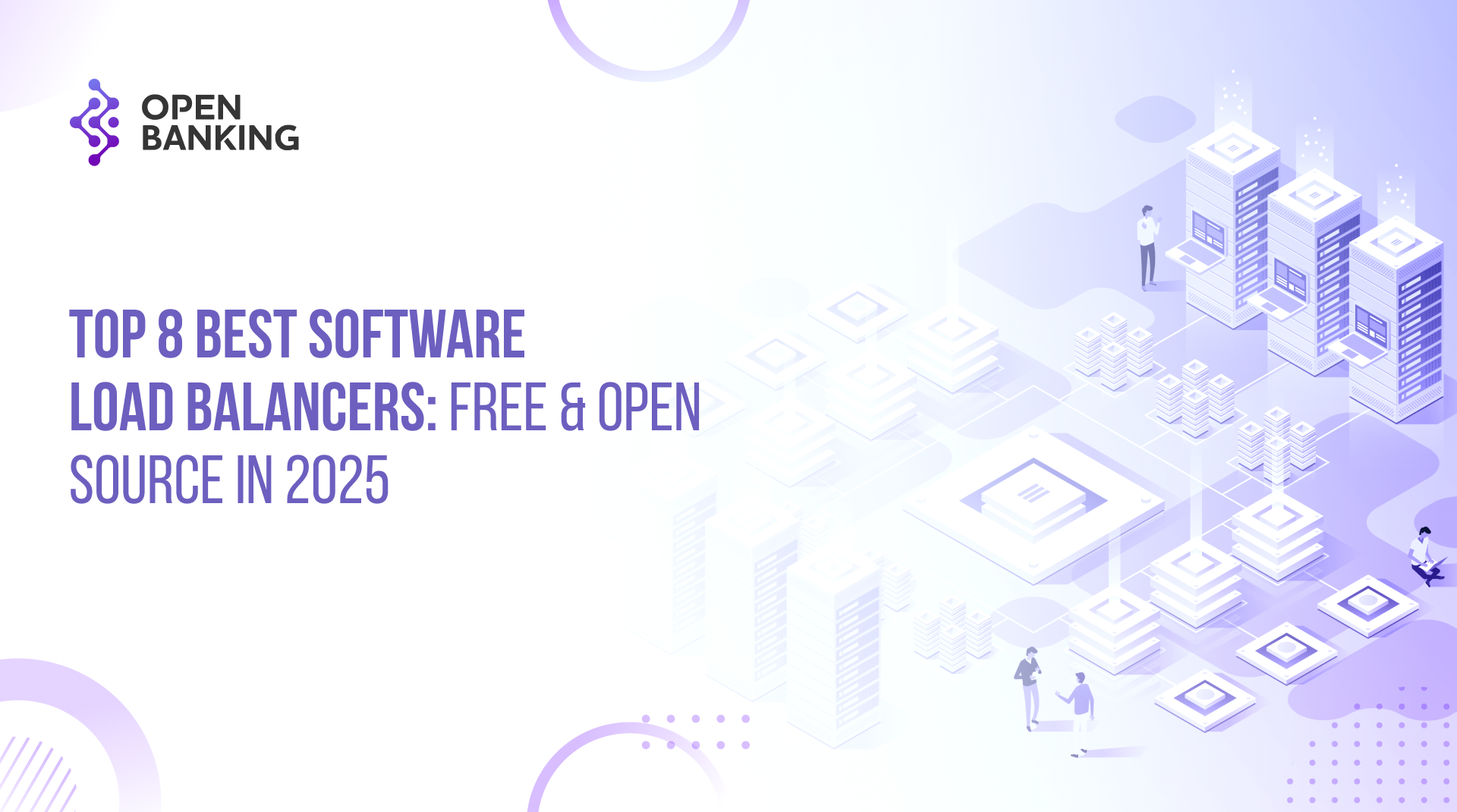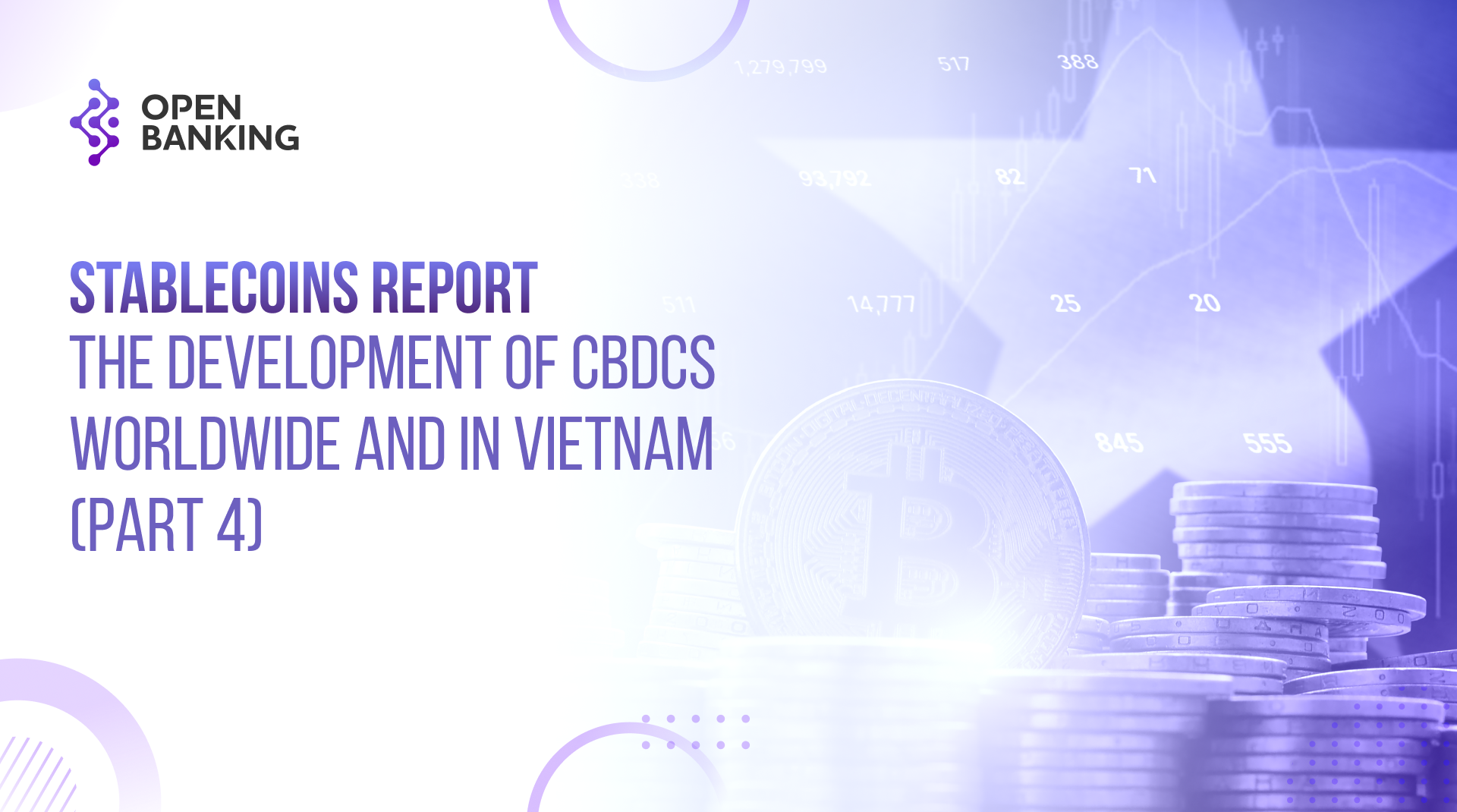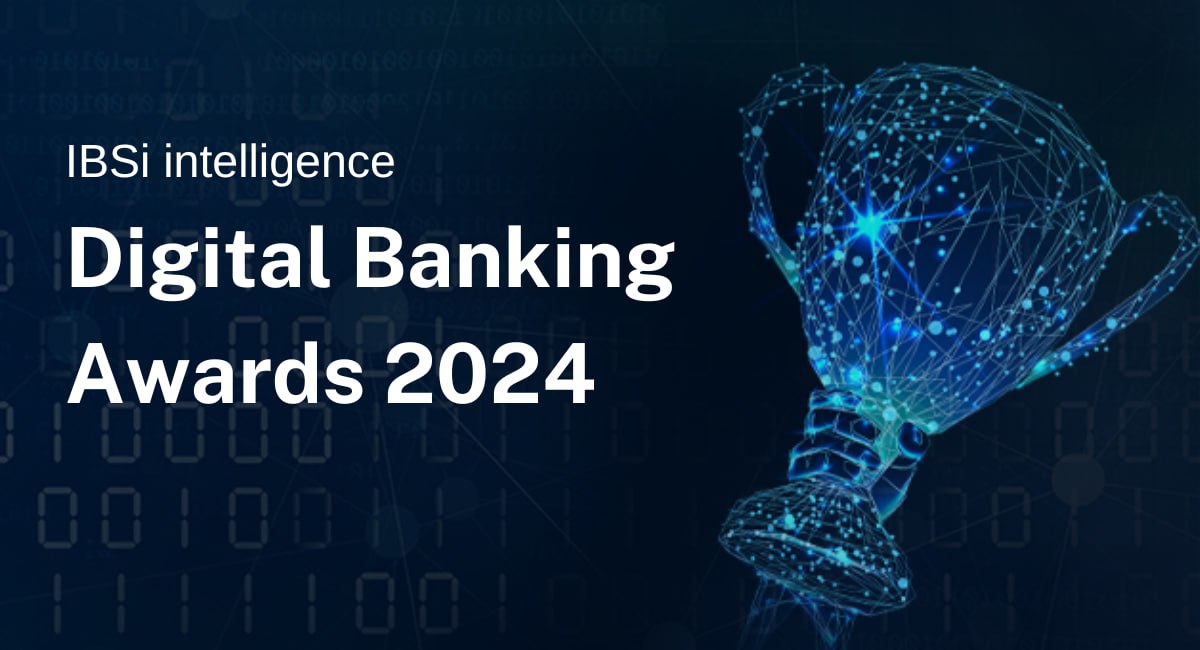Comprehensive list of the top software load balancers with features and comparison. Read this review to select the free open source load balancer software for Windows or Linux systems:
What is soft load balancing software?
Load balancing software helps network administrators and data center managers address their network load management needs. This application is used to route network traffic to appropriate servers based on specific configurations.
You can use the network load balancing app to optimize network traffic. The application helps systematically route requests to the right location. This effectively prevents costly network bottlenecks and ultimately delivers the security and performance required for complex IT environments.
Market Trends: The global load balancing app market is expected to reach 5 billion by 2023. Telecom and IT companies are expected to hold the largest market share during the forecasted period.
Load balancing software: Benefits & process
Selecting the best load-balancing application can be a daunting task. Here, we have selected for you the best apps that offer great value for money. You will have an easier time picking the right solution based on your requirements and budget after reading this review.

List of the best software load balancers
- SKUDONET
- Nginx
- Avi Vantage Software Load Balancer
- HAProxy
- Loadbalancer.org
- Incapsula
- Total Uptime Cloud Load Balancer
- jetNEXUS Load Balancers
Comparing the Top load balancing software
#1) SKUDONET
Best for: SKUDONET is ideal for SMBs seeking load balancing, high availability, continuous performance, and advanced security for their applications and IT infrastructure at scale.
Pricing: Starting at $1736, SKUDONET offers cost-effective support plans tailored to meet the specific needs of your organization.

Enterprise Edition – SKUDONET
SKUDONET is an Open Source Application Delivery Controller (ADC) designed for large-scale production environments. It delivers high availability, load balancing, and advanced security to optimize IT services across physical, virtual, and cloud infrastructures.
With robust automation and a user-friendly interface, SKUDONET ensures rapid deployment and maximized uptime for all applications, even in demanding, high-traffic environments.
Key Features
- Layer 4/7 load balancing for applications, services, and data centers.
- Advanced Web Application Firewall (WAF) with predefined rules and custom rule support.
- Intrusion Prevention and Detection System (IPS/IDS).
- DDoS mitigation and rate limiting for protection against volumetric attacks.
- Granular Access Control Lists (ACLs).
- Role-Based Access Control (RBAC) with LDAP/AD integration.
- Log forwarding to external systems via Syslog and REST API.
- SSL/TLS offloading and termination.
- High availability clustering with stateful failover.
- Automation via RESTful API and CLI.
- Support for multiple protocols, including HTTP/HTTPS, TCP, UDP, and more.
- Flexible deployment options: bare metal, virtual machines, and cloud environments.
SKUDONET provides a cost-effective and flexible solution for organizations seeking a high-performance ADC with advanced security and scalability features.
Verdict
SKUDONET is a trusted partner for high-performance ADC and cutting-edge cybersecurity solutions. We work to reduce risks and enable a flexible IT architecture to ensure business growth, providing consulting and development services
2. Nginx
Best for: Load balancing, content caching, web server, API gateways, and microservices management for modern cloud web and mobile applications.
Price: Nginx is available in annual or hourly subscriptions with different price packages. The per-instance pricing is based on individual instances on a cloud marketplace. The price of a single instance starts from $2500 per year.
The enterprise pricing for the application-based enterprise units is based on VMs, cases, staging, containers, and the number of instances. You can test Nginx for free for up to 30 days to evaluate its features.


Nginx is a one-window solution for network resource management. The application allows load balancing and microservices management on cloud web and app platforms. Deploying the app can result in improved security and traffic management.
Features
- Automatic configuration
- Load balancing
- API Gateways
- Gzipping – Compress responses to optimize network cycles
- Content caching and routing
Verdict
Nginx is popular among medium and large enterprises that want to optimize network traffic. The load balancing software can help improve the reliability, performance, and security of traffic. The tool has received positive reviews for its ease of use and customization options.
3. Avi Vantage Software Load Balancer
Best for: Load balancing for multi-cloud and on-premise environments.
Price: Pricing information is only available through request. A 30-day free trial is available to test product features.

Avi Vantage offers multiple cloud application services including load balancer, elastic service mesh, and intelligent Web App Firewall (iWAF). The platform ensures a scalable, fast, and secure application experience.
Features
- Predictive autoscaling with RESTful API
- App analytics integration – Grafana, Cisco Tetration Platform, AppDynamics, and Splunk
- End-to-end timing for real-time telemetries – resource utilization, anomalous behavior, and app performance
- Record and replay traffic events
Verdict
Avi Vantage Software Load Balancer offers enterprise-level load balancer features, including content routing and caching, redundancy checking, data compression, reverse proxy, and SSL offload. More users have praised the application for its low-cost delivery across multiple infrastructures.
4. HAProxy
Best for: Free fast and reliable load balancing for TCP/HTTP-based applications on Linux platforms.
Price: Free Load Balancer.

HAProxy is a reliable TCP/IP load balancer for optimizing web traffic using Linux-based platforms. The application has extensive features with flexible configurations. It supports intelligent request routing based on URL.
Features:
- HTTP/1.1 compression
- Reverse proxy
- Data sampling
- Dedicated VNF load balancer
Verdict: HAProxy is suited for high-traffic websites, based on Linux platforms. The software supports easy integration with existing infrastructure.
5. Loadbalancer.org
Best for: Load balancing for cloud-based environments including Microsoft Azure and Amazon web services on Linux and Windows platforms.
Price: You can try the application for 30 days. The price of the software starts at $2,995 as a one-time payment.

Loadbalancer.org is an easy-to-use platform for load balancing on Windows and Linux platforms. The load-balancing solution can balance different protocols with good response times.
Features
- Automated configuration
- Content routing and caching
- Direct Server Return (DSR) configurations
- Layer 7 content switching
- Reverse proxy and VLAN tagging
Verdict
Loadbalancer.org is praised by users for being a cost-effective solution with excellent customer support. The application is easy to set up and offers unlimited customization levels.
6. Incapsula
Best for: Optimizing and protecting on-premise and cloud data and applications on Windows, Mac, and Linux platforms.
Price: Base subscription for network security starts at $500 for up to 20 Mbps and goes up to $2,000 for network speeds up to 100 Mbps. The load balancing add-on costs an additional $1,000 per month. Users can also request a free demo to test the features of the software.

Incapsula is a network security suite for websites with load balancing as an extra add-on feature. The software uses a DDoS engine and firewall to prevent intrusion and attacks. The load balancer feature of the app allows the routing of traffic within cloud data centers.
Features
- Global and local load balancing
- Automatic site failover
- Continuous site health monitor
- Application delivery rules
- Real-time traffic monitoring
Verdict
Incapsula is a simple content caching and network routing software, which is ideal for small and mid-sized companies. However, as per customer reviews, the software is not suitable for enterprises with lots of online traffic.
7. Total Uptime Cloud Load Balancer
Best for: Network traffic analysis, load balancing, and disaster recovery for data center or cloud environments.
Price: Total Uptime Cloud Load Balancer offers four price packages. The basic package is suitable for websites that require high availability. The Plus package is best for e-commerce sites and websites that require a load-balancing feature. The Advanced feature supports firewalls and network security features.
The Performance package supports enterprise-grade network performance, security, and availability. Users can try the product for free for 21 days.
Details of the price packages are shown in the image below.


Total Uptime Cloud Load Balancer offers advanced load balancing for a cloud-based environment. The software can automate load balancing based on specific rules. It is also great for fail over and disaster recovery.
Features
- Multi-cloud, hybrid platform support
- Remote load balancing
- Layer 4-7 load balancing
- Route traffic around ISP issues, cloud failures, and network downtime
- Supports SSL, HTTP, UDP, TCP, SIP, RTSP, DNS, and other protocols
Verdict
Total Uptime Cloud Load Balancer supports customized load balancing for web-based platforms. The software helps improve the reliability and performance of cloud service providers.
8. jetNEXUS Load Balancer
Best for: Intelligent web traffic optimization security, load balancing, and SSO pre-authentication on multiple Linux and Windows-based server platforms.
Price: The price of the entry-level package that is restricted to 4 real servers starts at £2995. The advanced package supports unlimited server support and boasts additional pre-authentication, single sign-on, and customized rule engine features. You can also download a 30-day free trial of this software to test the features.

jetNEXUS Load Balancer supports advanced network load management features. The software supports SSL offload and reverses proxy. It supports VMware, Microsoft HyperV, XenServer, and Sparkle Base systems.
Features
- Route request to specialized servers
- Prevent SQL injection
- Language detection
- IP restriction
- Reverse proxy
Verdict
jetNEXUS Load Balancer is targeted at enterprises with deep pockets that want advanced network traffic features. Most users have praised its easy-to-use interface and advanced network traffic management functionalities.
FAQs – Load Balancer Software
1. What is a load balancing application?
Load balancing software facilitates the efficient distribution of network traffic. This app receives traffic from different sources and distributes traffic across data servers. Additionally, the app serves as a reverse proxy, retrieving resources from servers and returning them to clients, appearing as if they had originated from a proxy server.
2. Why is it important to apply load balancing to the cloud?
Load balancing is important to deploy for your cloud environment to ensure efficient traffic management. The application allows you to manage multiple servers that have the same configuration for the efficient distribution of network resources.
3. How does a load balancer work?
Load balancers are Application Delivery Controllers (ADCs) that drive modern web applications. Load balancing is performed on a virtual machine or a standard server. It is traditionally paired with a Hardware Load Balancing Device (HLDs) to distribute traffic among servers, thereby resulting in an efficient and reliable network with maximum uptimes.
4. What are the different types of load balancing apps?
Software load balancing apps can be installed onto a server or used as a load balancer as a service (LBaaS). A cloud service provider manages the LBaaS and is responsible for installing, upgrading, and configuring the application.
5. What are load balancing algorithms?
Load balancing algorithms determine how traffic is sent across different servers.
There are different types of load balancing algorithms that are briefly discussed below:
- Round-robin Algorithm is the simplest method that involves moving the requests in the same order to available servers.
- Least-time Algorithm selects servers based on the least number of active requests and fastest processing speed. The algorithm may integrate weighted algorithms that give preference to servers with higher memory, power, and capacity.
- Least-connections Algorithm sends requests to servers with the least workload. The algorithm sends requests to the least busy servers.
- Hash-based Algorithm assigns a hash key to the client and server IP addresses. The algorithm ensures that the requests from users are sent to the same server that contains data from the previous sessions. This results in an efficient network resource delivery.
Conclusions
We have reviewed the best load-balancing applications that are suitable for different cloud and application environments. You can select a platform that best meets your network traffic management requirements.
jetNEXUS is the best one for enterprises that want advanced traffic load management features. Other load balancer apps that are suitable for medium and big enterprises include Total Uptime Cloud Load Balancer, Citrix ADC, Nginx, and Avi Vantage Software Load Balancer. If you want freeload balancer software with basic load management features, HAProxy will be the right choice for you.
Source: https://www.softwaretestinghelp.com/software-load-balancers/








